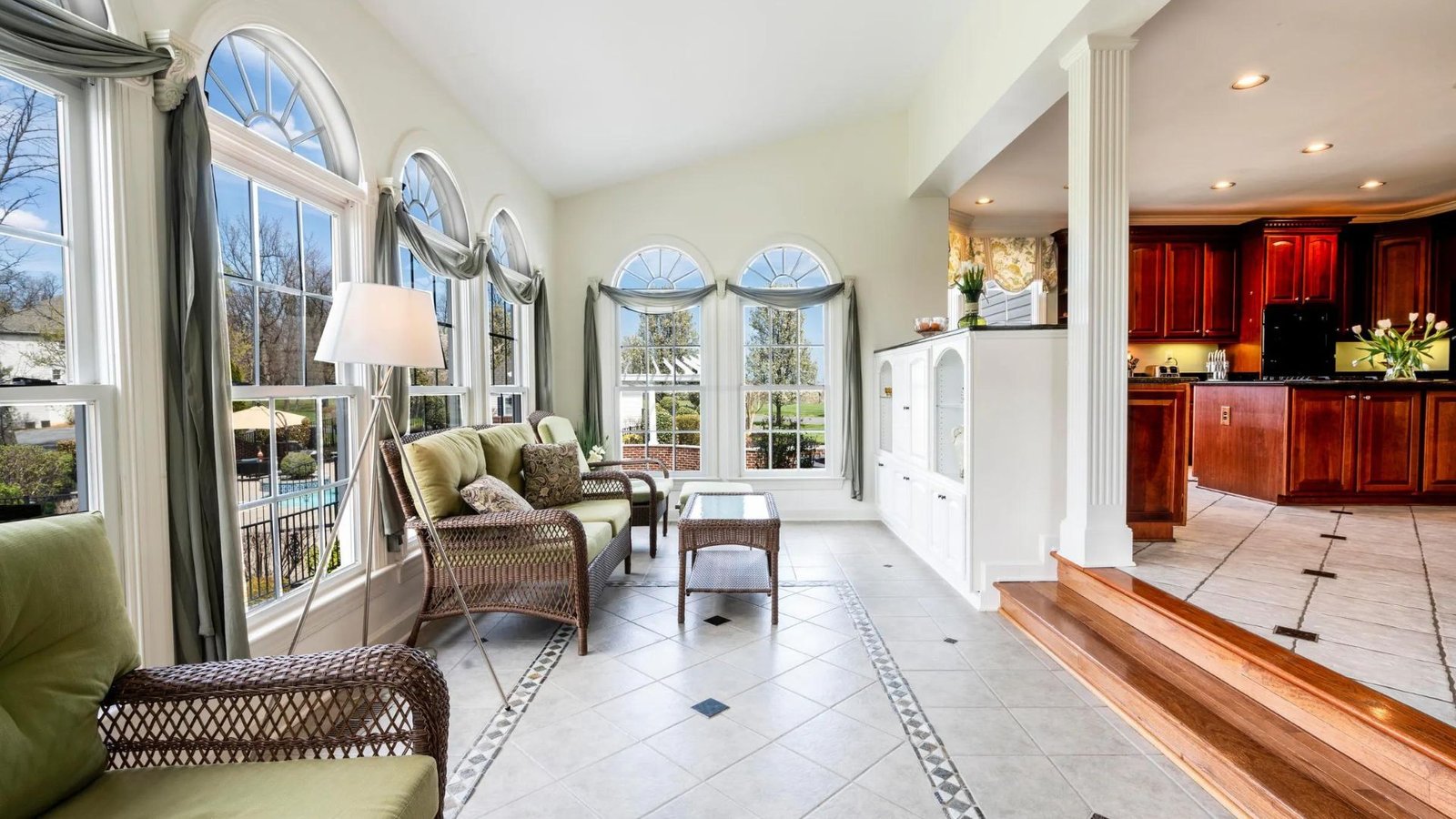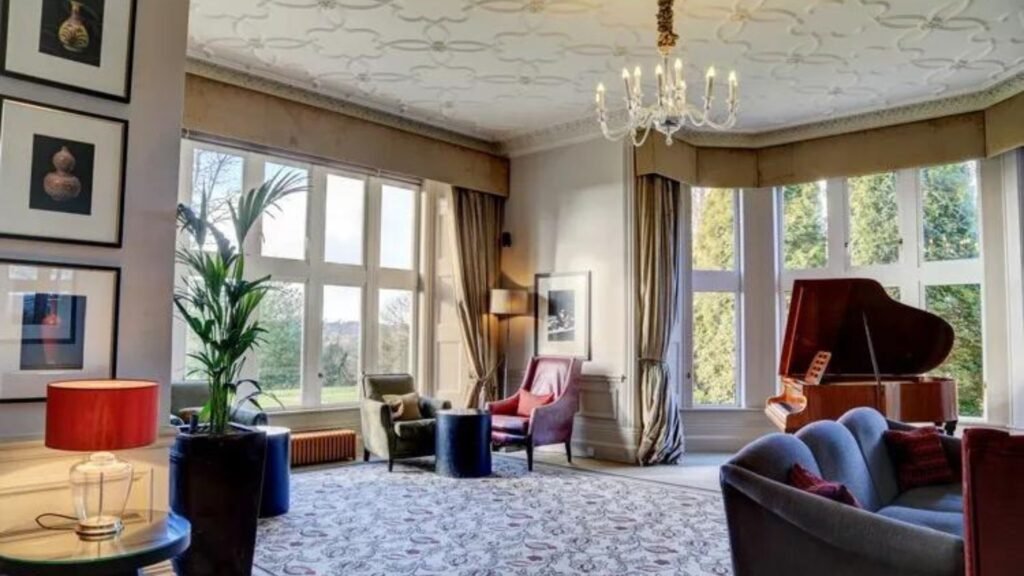Photographing real estate interiors can be tricky, but with the right techniques, you can capture stunning images that attract potential buyers. High-quality photos are essential for real estate listings, as they provide the first impression of a property. Here’s how to photograph real estate interiors like a pro.
Steps to Photograph Real Estate Interiors Like a Pro
1. Use the Right Equipment
To photograph real estate interiors, you’ll need a good camera. A DSLR or mirrorless camera with a wide-angle lens is ideal. A wide-angle lens helps capture more of the room in a single shot, making spaces look larger and more inviting. Additionally, use a sturdy tripod to keep your camera steady and ensure sharp images.

2. Prepare the Space
Before you start shooting, prepare the space. Clean and declutter each room to make it look its best. Remove personal items, excess furniture, and any distractions. Open curtains and blinds to let in natural light, which can make the space feel brighter and more welcoming. Turn on all the lights to ensure the room is well-lit.
3. Choose the Right Time of Day
Lighting is crucial in real estate photography. The best time to photograph interiors is during the day when there’s plenty of natural light. Aim for late morning or early afternoon when the light is soft and even. Avoid shooting at night, as artificial lighting can create harsh shadows and an unnatural look.
4. Use Proper Lighting Techniques
Even with natural light, some rooms may need additional lighting. Use external flash units or softboxes to fill in shadows and evenly illuminate the space. Avoid using the camera’s built-in flash, as it can create harsh lighting and unflattering shadows. Position your lights to enhance the room’s features and create a balanced look.
5. Find the Best Angles
Finding the right angles is key to photographing real estate interiors. Shoot from the corner of the room to capture as much space as possible. This angle helps show the room’s layout and makes it appear larger. Take photos at eye level or slightly above to provide a natural perspective. Avoid shooting from too high or too low, as this can distort the room’s proportions.
6. Pay Attention to Composition
Composition plays a significant role in real estate photography. Use the rule of thirds to create balanced and visually appealing images. Imagine your frame divided into nine equal parts by two horizontal and two vertical lines. Place key elements along these lines or at their intersections. This technique helps guide the viewer’s eye and creates a harmonious composition.
7. Highlight Key Features
When photographing real estate interiors, highlight the property’s key features. Focus on elements like fireplaces, built-in shelves, or architectural details that make the space unique. Show how different rooms connect and flow into each other. Capturing these features helps potential buyers visualize themselves living in the space.
8. Take Multiple Shots
Take multiple shots of each room from different angles and perspectives. This approach gives you a variety of images to choose from and ensures you capture the best possible shots. Experiment with different compositions and lighting setups to find what works best for each room.
9. Edit Your Photos
Editing is an essential part of real estate photography. Use photo editing software to enhance your images. Adjust the brightness, contrast, and saturation to make the colours pop. Correct any distortions or perspective issues, and remove any unwanted elements. Be careful not to over-edit; the goal is to present the property in its best light while keeping the images realistic.
10. Create a Virtual Tour
Consider creating a virtual tour to complement your photos. A virtual tour provides a 360-degree view of the property, allowing potential buyers to explore the space from their homes. Use specialized software or apps to create interactive virtual tours that enhance your real estate listing.
Conclusion
Photographing real estate interiors like a pro requires the right equipment, preparation, and techniques. You can capture stunning images by using a good camera and wide-angle lens, preparing the space, choosing the right time of day, and using proper lighting. Pay attention to composition, highlight key features, and take multiple shots to ensure you get the best photos. Editing your images and creating a virtual tour can further enhance your listing and attract more potential buyers.

